Fertile farmland in Angus could soon be covered over with solar panels – but should the global food crisis force a rethink?
Members of a community just south of Forfar think it should.
Local resident Mrs Shanks describes the Angus region as “the bread basket of Scotland”.
And she says arable fields near her home should be reserved for food production at a time when Ukraine, known as the bread basket of Europe, is in crisis.
“These fields, in the 30 years I have lived in our house, have been agricultural fields,” she says.
“They’re high yield crop fields.”
But the fields just metres from her home could soon be covered in solar panels.
A company called Industria Resources has lodged plans for a 30 megawatt solar farm near the village of Kingsmuir.
“This is not the right place,” she adds.
Mrs Shanks is one of a group of residents who are opposing the proposed solar farm.
They plan to form a local action group to make sure their voices are heard.
And they have distributed leaflets in the area to make residents aware of the plans.
They are also raising awareness of a national petition aiming to protect farmland amid a growing number of solar developments.
The plans
Industria Resources wants to cover nearly 150 acres of farmland with solar panels.
The plans for the Cotton of Lownie development are in the early stages.
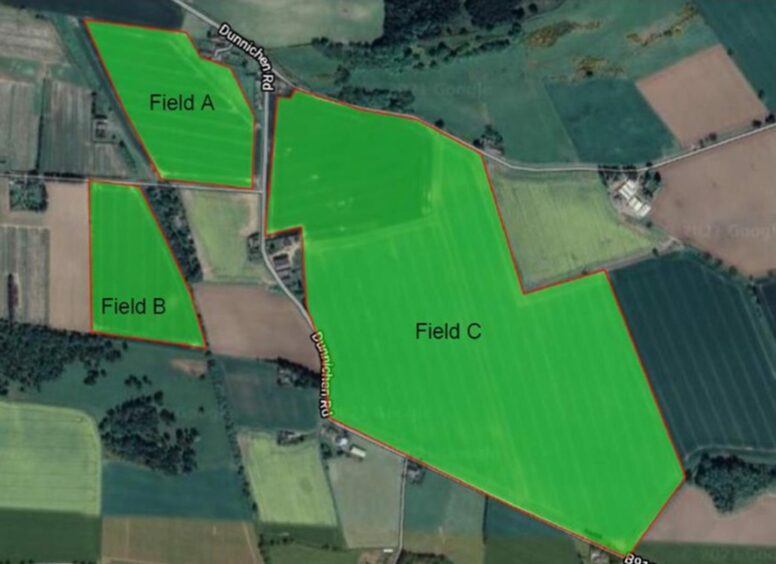
Solar panels would be installed over three fields – two smaller ones west of the B9128 and a large field to the east of the road linking Forfar and Carnoustie.
Livestock would still be able to graze in the fields while the panels are in place.
And Angus Council planners say “any impacts as a result of construction and decommissioning would be temporary”.
But the loss of land for crops is just one of the residents’ concerns.
They also raise issues including road safety and impact on health, and claim the developer has not engaged adequately with the community.
Mrs Shanks adds: “I can stress that none of us is anti-solar farms if they’re in the right place.
“Solar is necessary, but not at the cost of prime arable land, and provided other safety issues are correctly addressed.”
Meanwhile, at Berryhill
About 20 miles east of Cotton of Lownie, residents are also worried about the impact of a proposed a solar farm.
The controversial Berryhill development is currently in the hands of a Scottish Government reporter.
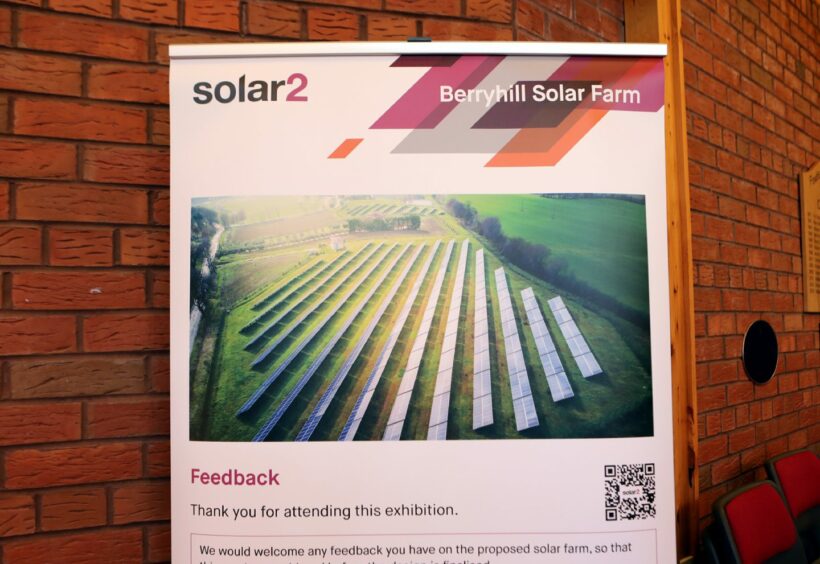
On July 5, the reporter handling the case will carry out a site visit as he considers the proposal.
Solar2 is appealing Angus councillors’ decision to reject its plans to cover arable land with 152,000 solar panels.
A spokesperson for SPARE (Save and Protect the Angus Rural Environment) Berryhill also raised the issue of food security.
He said the group is “concerned about the loss of good land for food production”.
A third major solar farm proposal recently entered the planning process.
Renewable Connections has submitted a proposal of application notice for Montreathmont Forest, south of Brechin.
The site they are looking at is farmland surrounded on all sides by the woodland.
At 42 megawatts, this proposal is nearly the same size as the one at Berryhill.
Are residents’ worries justified?
Factors driving global food supplies are complex.
As a result, the experts we spoke to were unable to give a definitive answer.
But Dr Alexandra Morel, an ecosystem scientist at Dundee University, said the issue raised questions.
She said replacing productive agricultural land with solar panels “would seem to be an unfortunate choice”.
However she said using less productive land could have a “net benefit”.
“I do not know the extent to which Scottish farmers could make a difference in the specific case of wheat production from Ukraine.
“But I do agree that decisions made around the use of productive land should be thinking about these issues.”
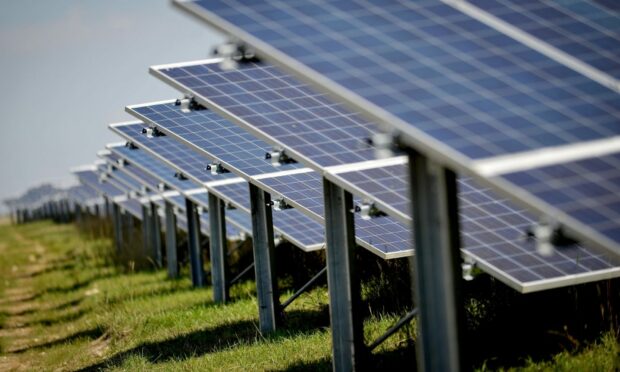
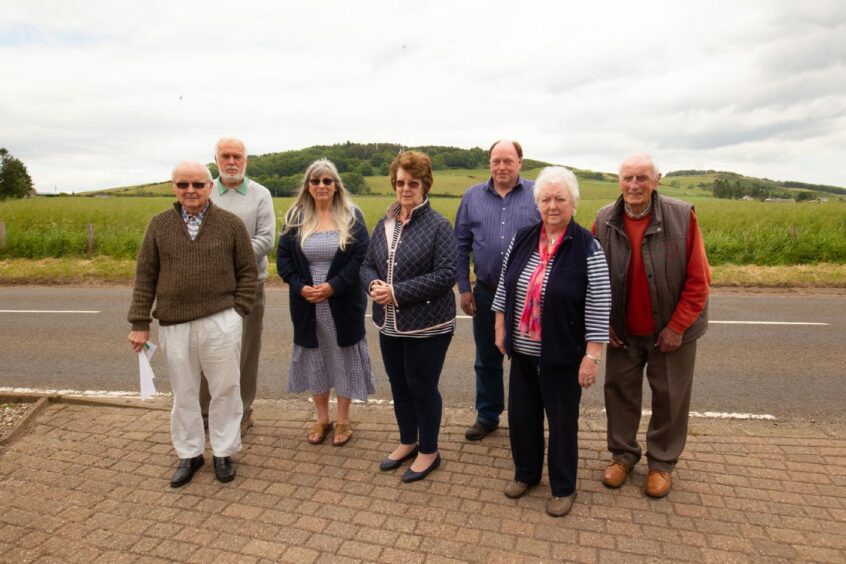
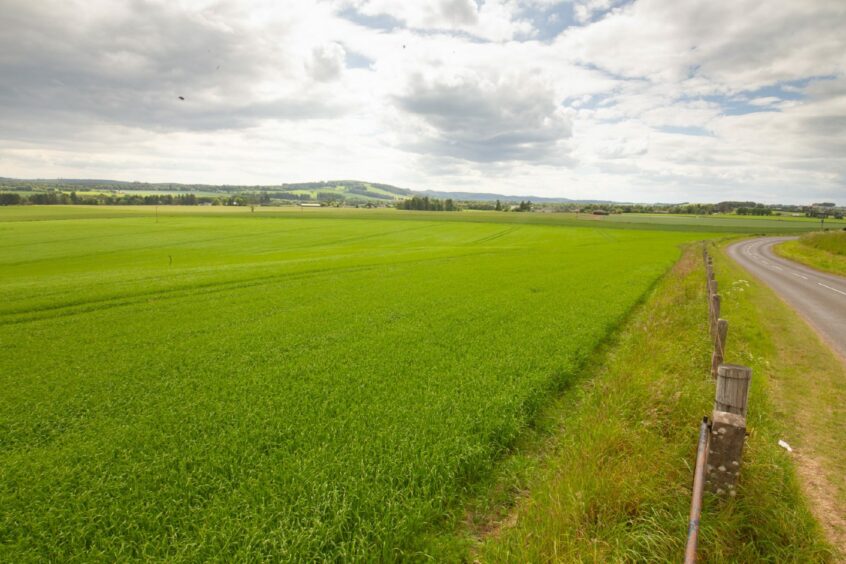










Conversation